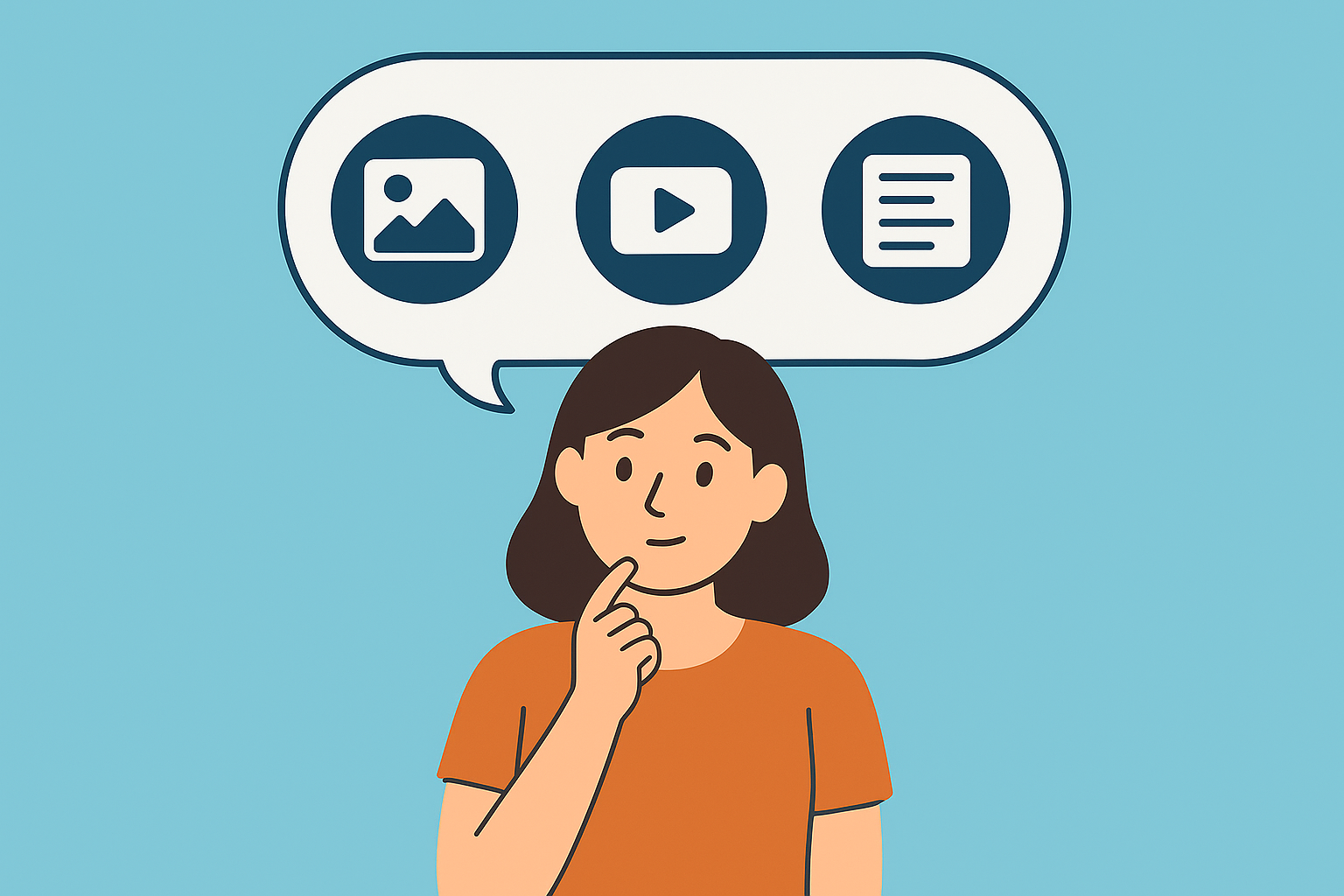Identifying your target audience on social media is essential for creating effective marketing strategies and ensuring that your content resonates with the right people. Without understanding who your audience is, your efforts can easily be wasted on the wrong demographic. Here’s a step-by-step guide on how to identify your target audience on social media:
1. Define Your Ideal Customer
Start by creating a detailed profile of your ideal customer. Consider the following factors:
- a. Demographics: Age, gender, income level, education, occupation, and geographic location.
- b. Psychographics: Interests, values, attitudes, lifestyle, and personality traits.
- c. Behavioral Traits: Online behavior, purchasing habits, and social media usage patterns.
You can base this profile on existing customer data, market research, or the type of customers you want to attract.
2. Analyze Your Current Audience
If you already have a presence on social media, take advantage of the analytics tools offered by platforms like Facebook Insights, Instagram Insights, and LinkedIn Analytics. These tools provide data about:
- a. Age, gender, and location: See who is already engaging with your content.
- b. Interests: Discover what other pages and topics your followers are interested in.
- c. Engagement metrics: Track which types of content your audience engages with the most (likes, comments, shares, etc.).
Analyzing your current followers will help you understand if they align with your ideal customer profile or if you need to adjust your target audience.
3. Look at Your Competitors
Study the social media profiles of your competitors. Check out:
- a. Who follows them and engages with their content.
- b. The type of content they post and how their audience responds.
- c. The frequency and style of their posts.
This research can provide valuable insights into who your competitors are targeting and whether there’s an opportunity for you to appeal to a similar audience or find a unique niche.
4. Use Social Media Tools and Analytics
In addition to the built-in analytics tools on social platforms, third-party tools can offer deeper insights. Platforms like Google Analytics, Sprout Social, and Hootsuite allow you to monitor social media trends and audience behavior across multiple channels. These tools can help you track:
- a. Traffic sources: Identify where your social media traffic is coming from and which platforms are driving the most visitors to your website.
- b. Audience segments: Look at age, interests, and devices used by visitors to refine your target audience.
5. Conduct Surveys and Polls
Engage with your followers directly by conducting surveys or polls. Ask questions that will help you understand:
- a. What they like or dislike about your products/services.
- b. Their interests, challenges, or preferences.
- c. What type of content they prefer to see on social media.
Social media platforms like Instagram and Facebook allow you to run interactive polls, quizzes, and surveys in Stories or posts, making it easy to gather data from your audience.
6. Use Social Listening
Social listening tools allow you to monitor conversations happening online around your brand, industry, or competitors. By tracking keywords, hashtags, and mentions, you can gather insights about:
- a. What people are saying about your industry or products.
- b. The common problems and challenges they face.
- c. The language they use and the type of content they engage with.
Tools like Brandwatch, Mention, or Hootsuite can help you track relevant conversations and identify trends within your target audience.
7. Segment Your Audience
Once you have collected data on your target audience, it’s important to segment them into different groups based on common characteristics. For example:
- a. Age groups: Segment your audience by age to create tailored content for each group.
- b. Geographic location: If your business operates in certain regions, target content to specific locations.
- c. Interests and behaviors: Use interest-based targeting to deliver content that aligns with their preferences or past behaviors.
By creating these audience segments, you can deliver more relevant content and ads that are more likely to resonate with each group.
8. Test and Optimize
Your audience may evolve over time, so it’s important to continually test and optimize your approach. Experiment with different types of content, targeting options, and messaging to see what resonates best with your audience. Regularly review analytics to assess performance and make adjustments accordingly.
Conclusion
Identifying your target audience on social media is an ongoing process. It requires a mix of data analysis, competitor research, and direct engagement with your followers. By understanding who your audience is, where they spend their time, and what they care about, you can create content and campaigns that connect with them on a deeper level, ultimately leading to higher engagement and business growth.








